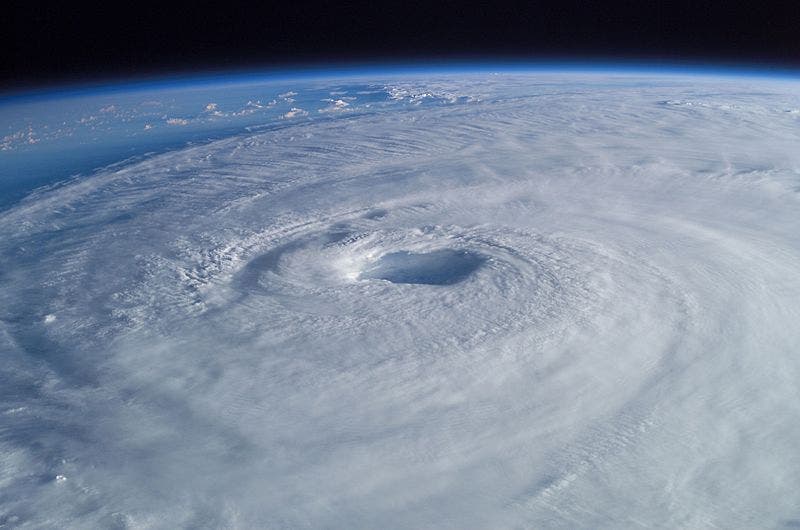A lab from the University of Miami will be able to reproduce hurricane conditions on demand, empowering researchers to study hurricanes in a novel way.

A tropical cyclone (popularly referred to as a hurricane) is a rapidly rotating storm system characterized by a low-pressure center, strong winds, and a spiral arrangement of thunderstorms that produce heavy rain. At sea, tropical cyclones can cause large waves, heavy rain, flood and high winds, disrupting international shipping and potentially causing shipwrecks; on land, they can take an enormous toll in lives and personal property but they may also be important factors in the local climate, bringing much-needed precipitation to otherwise dry regions. All in all, they’re important players for global climate, and understanding them is key for not only for forecasting, but also for climate models.
For this purpose, the University of Miami’s Rosenstiel School of Marine and Atmospheric Science developed the Surge-Structure-Atmosphere Interaction, or SUSTAIN. The lab features a clear acrylic tank about 75 feet (23 meters) long and 6.5 feet (2 meters) high. Inside, all hell can break loose: 38,000 gallons of seawater can be whipped into waves using a 1,700-horsepower fan that can create Category 5 conditions, with winds topping 157 mph. Satellite sensors were mounted on the lab’s ceilings to fine-tune existing satellites watching real storms. Lab director Brian Haus explains how this works:
“The satellites, even though they see a really big area, they tend to be sensitive to really small things on the surface. We don’t really know, when you get into extreme conditions, what the satellite is seeing — whether there’s a spot reflecting off sea spray or bubbles or short waves,” Haus said.

Researchers are also testing tiny drones to fly down into those dark and stormy places, while a variety of other sensors and tools fit for stormy recon. Predictions of storm behaviors have improved dramatically over the last few years, but there is still a so-called “cone of uncertainty”. Rick Knabb, director of the National Hurricane Center in Miami believes the SUSTAIN lab will be crucial for further improvements:
“Intensity forecasting, especially rapid intensification and especially when that happens near the coastline — that remains our highest priority forecast improvement need,” Knabb said.


